(ECNS)-- One of China's four biggest cave complexes, the Maijishan Grottoes rank as an iconic cultural landmark and a treasure trove of art.
This 1,600-year-old scenic spot was carved into the caves of an isolated mountain peak along the ancient Silk Road in Tianshui, northwest China's Gansu Province.
It was first built in the Later Qin period (384-417), and then developed over more than ten successive dynasties. Renowned for its exquisite clay figurines, it was listed as a UNESCO World Heritage site in 2014. It is known as the "Oriental Mona Lisa" for the statue in Carve 44 in Maijishan Grottoes.
"This statue is an original work of the Western Wei Dynasty (535-556), which has not been restored, so it is a miracle that it has been preserved for more than 1,500 years in Maijishan Mountain," said Zhou Yan, a narrator at Maijishan Grottoes Art Research Institute, "The clay sculptures in Maijishan Grottoes are mainly from the Northern Dynasty (439-581).We can see a smile on those statues. That is why they are called the 'Oriental Smile'."
























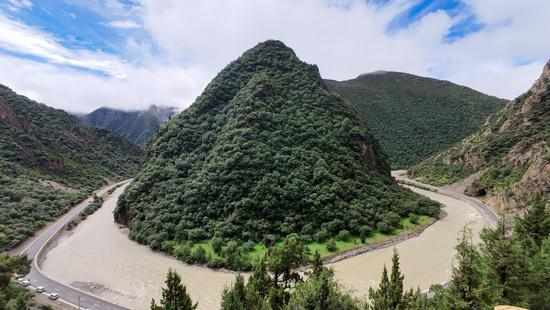







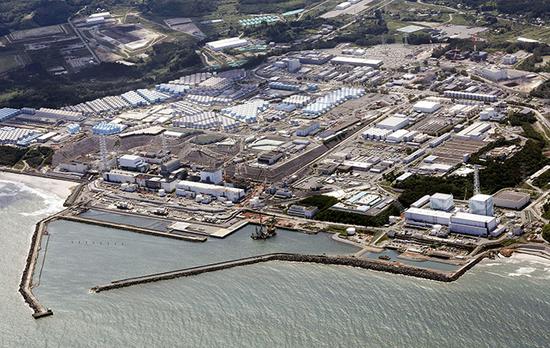



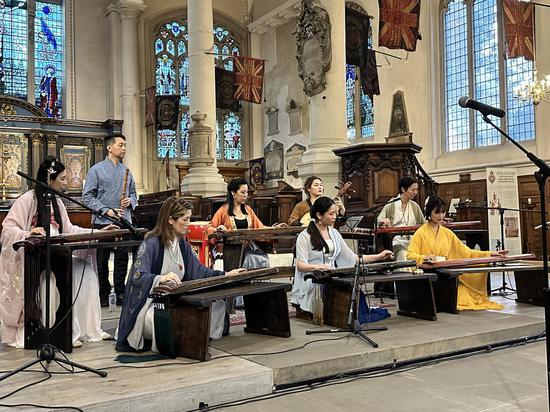
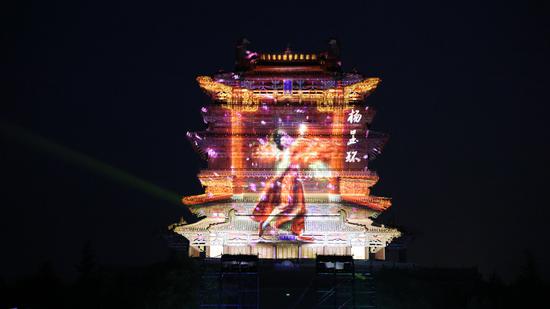

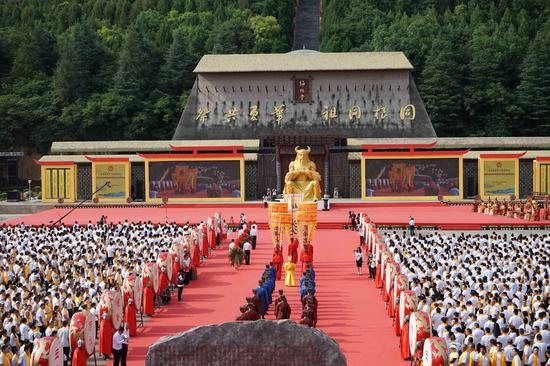
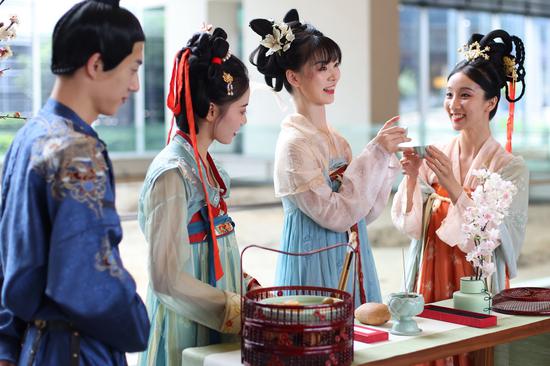



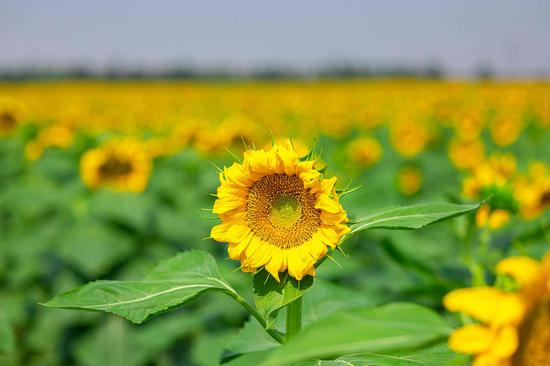

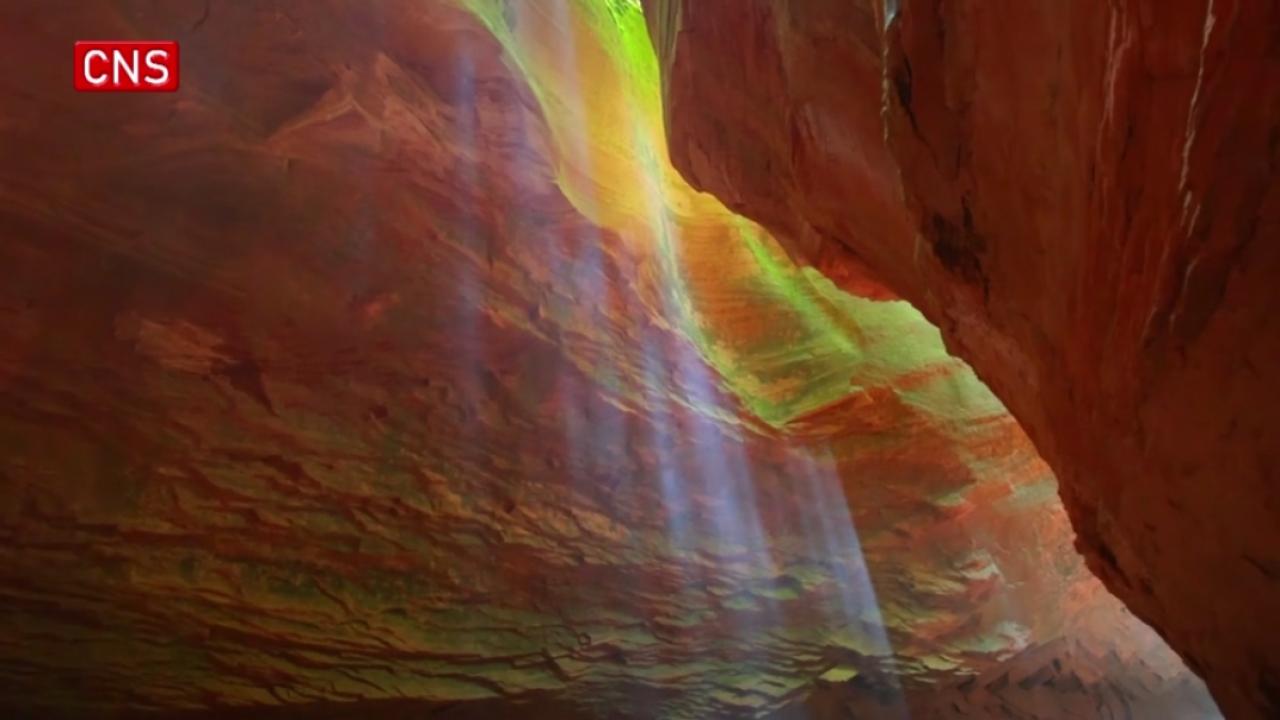



 京公网安备 11010202009201号
京公网安备 11010202009201号